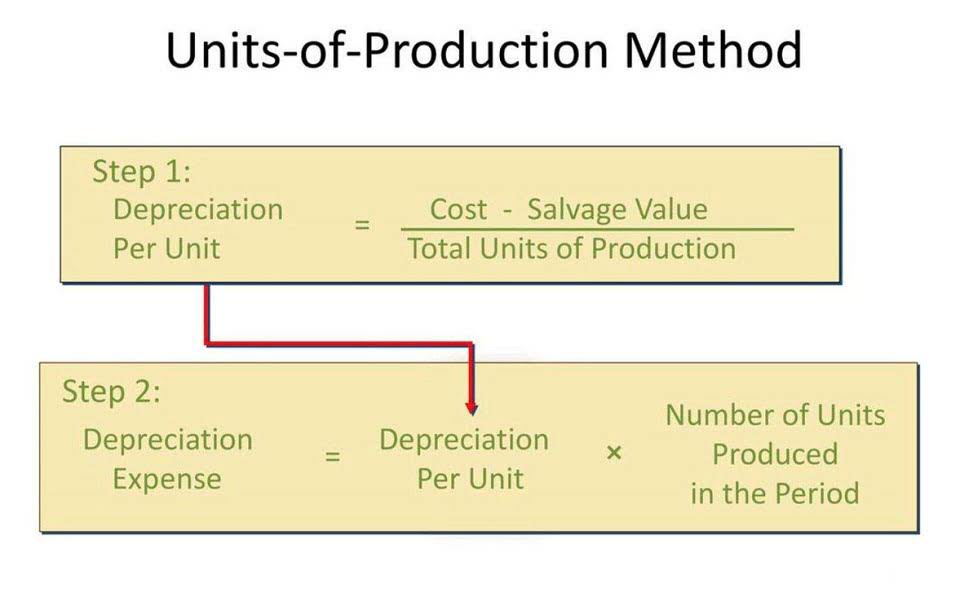
Organizations that work to promote public health, reduce juvenile delinquency, or improve community well-being also often qualify. You must clearly state your mission and prove, through both your formation documents and your operations, that your nonprofit’s purpose fits within one or more of these exempt categories. In order for a corporation or QuickBooks Accountant other qualifying entity to receive 501(c)(3) status, it must apply to the IRS for recognition by filing Form 1023 (or Form 1023-EZ), Application for Recognition of Tax Exemption. The application is a thorough examination of the organization’s structure, governance, and programs. Public charities are what most people recognize as those organizations with active programs. Examples include churches, benevolence organizations, animal welfare agencies, educational organizations, etc.
- The American Red Cross, established in 1881 and congressionally chartered in 1900, is one of the United States’ oldest nonprofit organizations.
- Noncompliance with transparency standards may lead to public scrutiny and potential IRS audits.
- Demonstrating the impact of programs and activities is critical for securing funding and support.
- The Internal Revenue Code contains other 501(c) classifications for different types of tax-exempt organizations.
- Section 501(c) of the United States Internal Revenue Code sets forth 27 different types of nonprofit organizations, the most common being a 501(c)(3) designation.
- People often use these terms interchangeably, but they actually have different meanings that affect legal status, taxes, and how an organization can operate.
Exploring Different Types of 501(c) Organizations
These organizations primarily distribute grants to public charities rather than directly conducting charitable programs. Notable examples include the Bill & Melinda Gates Foundation and the Ford Foundation. Public charities make up the majority of 501(c)(3) organizations and typically 5013c engage directly in charitable activities. An IRS determination letter approving 501(c)(3) status officially acknowledges your organization as a tax-exempt nonprofit. This designation exempts your organization from paying income tax on revenue generated from mission-related activities and allows donors to make tax-deductible contributions. Together, these benefits enhance your organization’s fundraising capacity and strengthen its credibility with the community and prospective partners.
Board Members
- We aren’t accountants or tax lawyers, so please be sure to consult with your legal team before making any decisions about your own tax status or the tax status of your organization.
- Organizations that meet Section 501(c)(3) requirements are exempt from federal income tax.
- Also, many states allow 501(c)(3) organizations to be exempt from property taxes and sales tax on purchases.
- Tax-exempt status is vital to the public welfare because it supports the sole intentions of organizations to aid others.
- Compliance with IRS restrictions is critical for 501(c)(3) organizations to maintain their tax-exempt status and credibility.
- By strategically addressing these challenges, 501(c) organizations can strengthen their operations, foster long-term growth, and fulfill their missions effectively.
The IRS doesn’t prohibit these groups from encouraging their audience members to reach a contribution margin pre-determined viewpoint. Our third type of educational nonprofit is what I call “topical education”. By this, I mean a charity whose purpose is to educate the public about one or more topics in a non-scholastic environment. It could be conducted through a lecture circuit, or all of the above.
What is a 501(c)( ? A Guide to Nonprofit Tax-Exempt Status

Procedures for applying for exemption under Internal Revenue Section 501(c)(3). A brief description of the requirements for exemption under IRC Section 501(c)(3). Nonprofits often find themselves caught between their mission-driven goals and the operational demands of running an organization. Prioritizing one over the other can lead to inefficiencies or mission drift. St. Jude provides free treatment to children battling serious illnesses, such as cancer.

Unlock Your Business Potential with OneMoneyWay

None of the net earnings of the organization can be used to benefit any private shareholder or individual. All earnings must be used solely for the advancement of the organization’s mission. It’s crucial to define your organization’s mission and activities in a way that aligns with these categories to maximize your chances of obtaining tax-exempt status. By exempting them from taxes, the government believed that these organizations would be more inclined to grow and help others. Although you are forbidden to organize your nonprofit for the benefit of private interests, you are allowed to pay a staff, corporate officers, and yourself a reasonable salary to run the organization.
Nonprofit Statuses: 501(c)( vs 501(c)( and more!

We’ve helped over 25,000 nonprofits successfully launch, and we’re ready to help you, too. The 501(c) designation has expanded over time to encompass more types of organizations. It’s everything you need to go from nonprofit startup to standout—with less stress and more clarity.
- None of the net earnings of the organization can be used to benefit any private shareholder or individual.
- 501(c)(3) and 501(c)(4) organizations have many differences, including types of donations they accept, their purposes, and political participation.
- Organizations with 501(c)(3) status qualify for grants, corporate sponsorships, and federal funding that aren’t available to for-profit entities.
- Explore the defining characteristics of a 501(c)(3) non-profit, its operational framework, and public record.
- One of the most well-known restrictions for 501(c)(3) organizations is the prohibition against political campaign intervention, codified in the Johnson Amendment (1954).
- Whether you’re launching a new nonprofit, serving on a board, or simply curious about how charitable organizations operate, this guide will give you the clarity (and confidence) you need.
Restrictions on Distributing Profits
Donors can claim charitable contributions on their individual tax returns, which can help them lower their taxable income. This added incentive often encourages more frequent and larger donations. Moreover, 501(c)(3) status signals to the public that the organization has met specific requirements established by the IRS. In a landscape where trust is pivotal, especially for philanthropic and charitable endeavors, having this recognition can open doors to broader funding and partnership opportunities. Even more, many grantmakers—corporate or philanthropic—will only fund organizations with a 501(c)(3) designation.
For example, there are limitations on what kinds of political lobbying or advocacy work you can do (this is why we ask fiscal sponsorship applicants about political work). Because nonprofits receive tax breaks and accept tax-deductible donations, they need to keep meticulous public records to show where money is coming in and going out. There is a higher threshold for accountability in nonprofits because whatever it is that you produce is owned by the public and not by you. Today, we’re looking at the 501(c)(3) purpose category of education.

However, having 501(c)(3) status comes with compliance requirements at both the state and federal level. For instance, annual filing requirements include a corporate annual report, IRS Form 990, and state charitable solicitations registration and renewal. In order to remain a public charity (and not a private foundation), a 501(c)(3) must obtain at least 1/3 of its donated revenue from a fairly broad base of public support.


